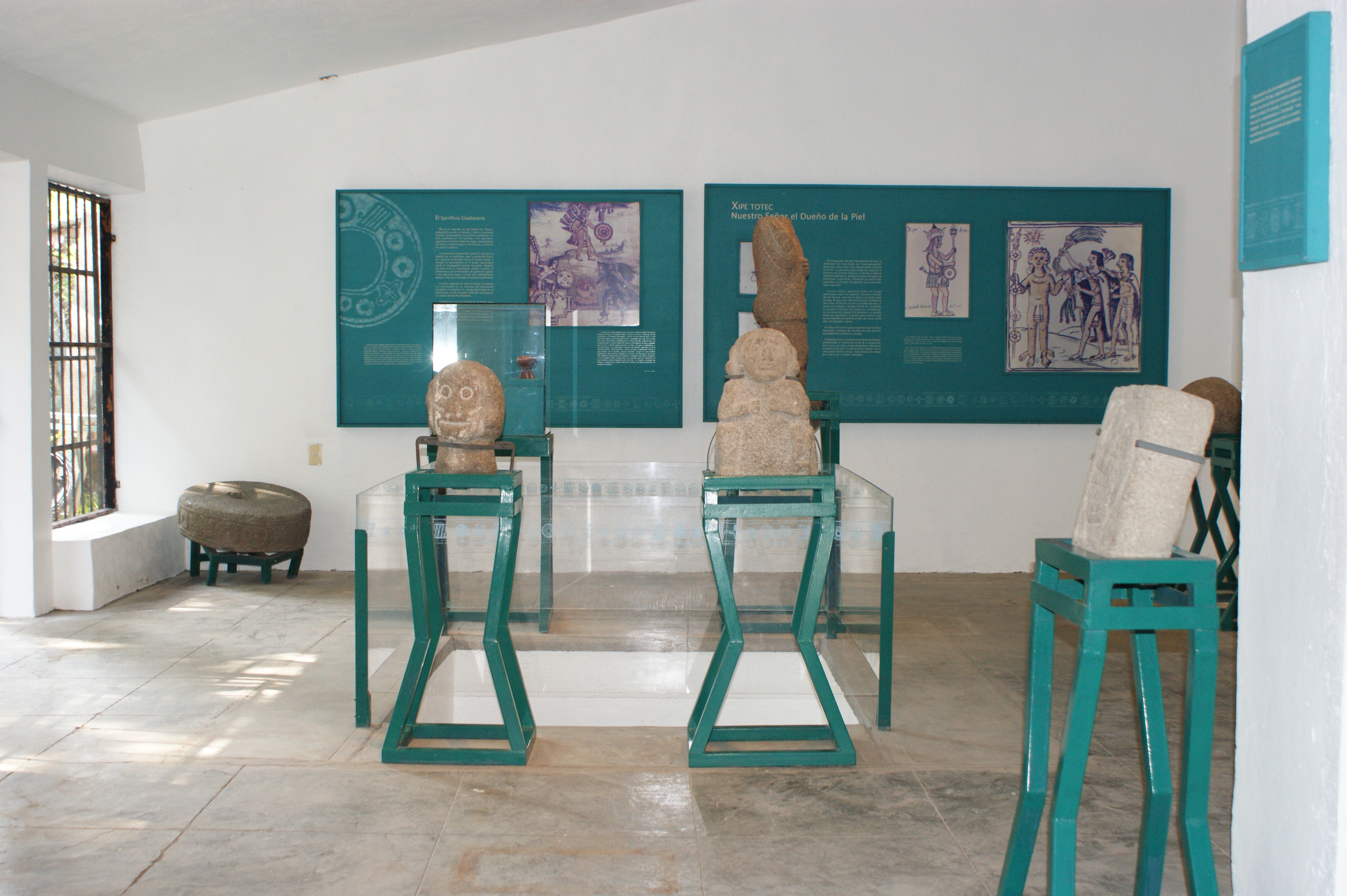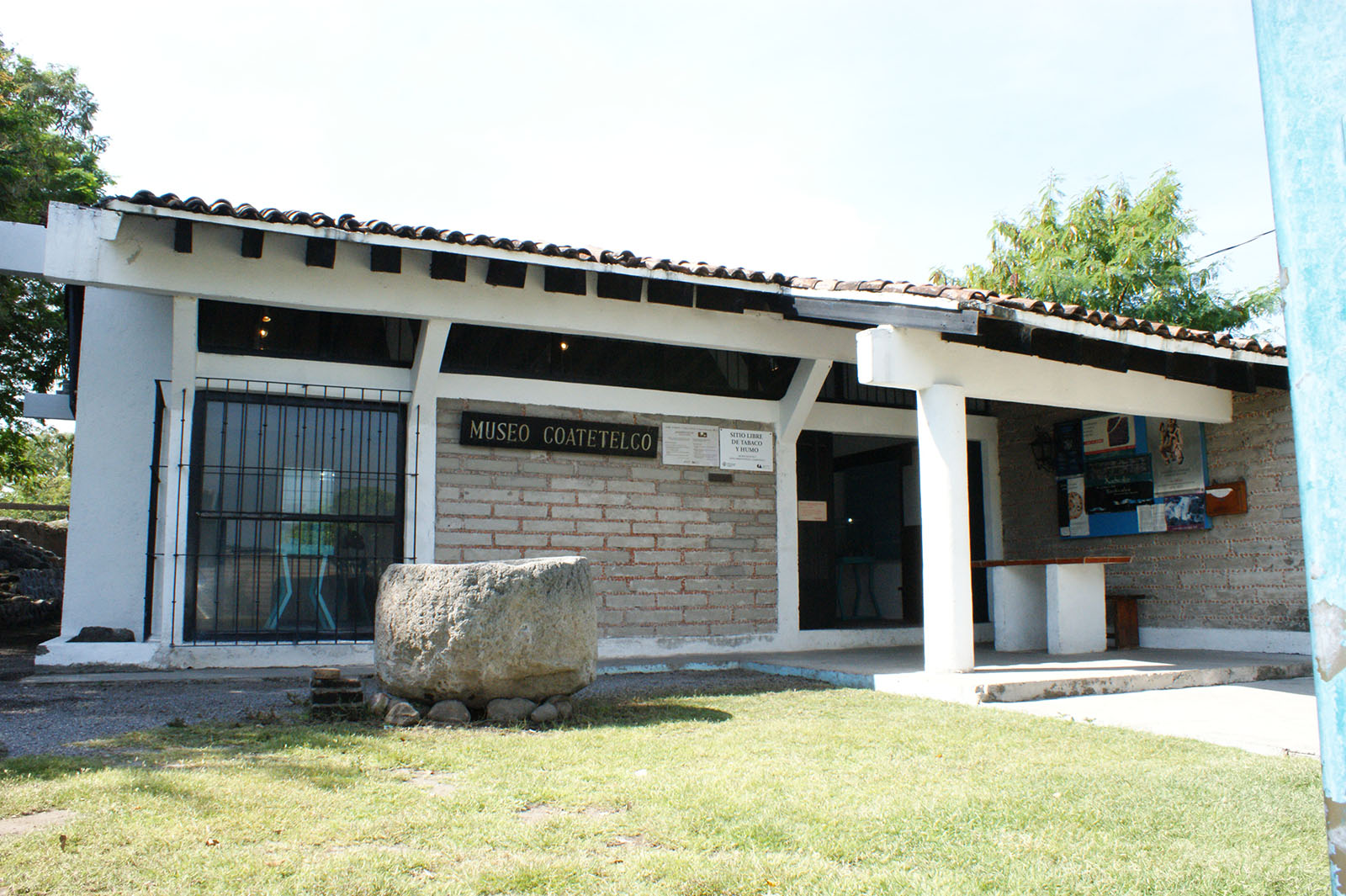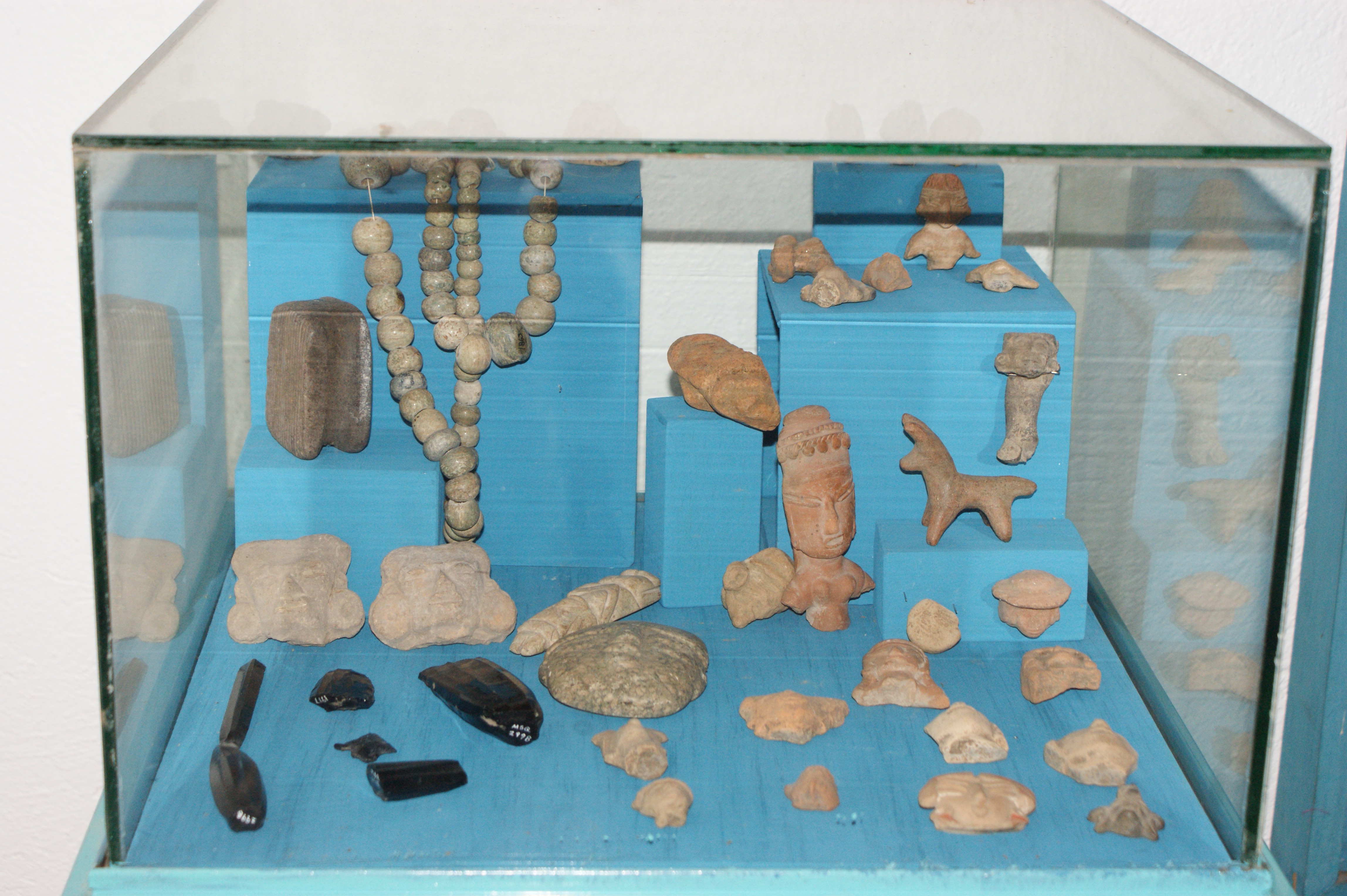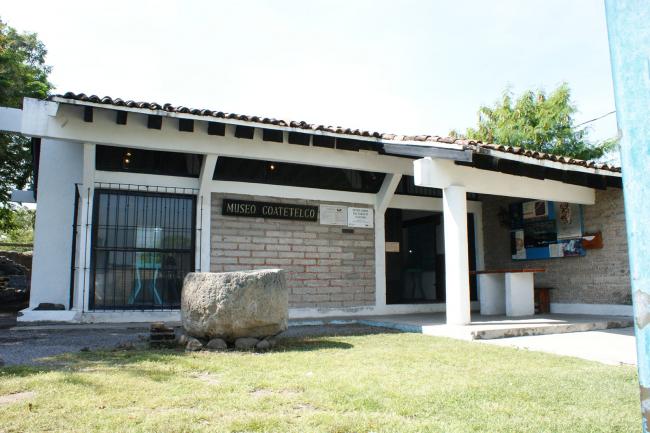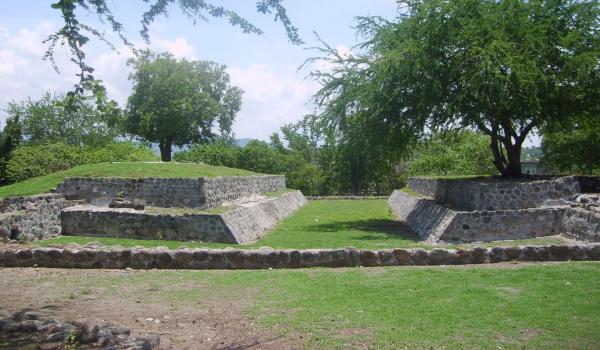Visit us
Museo de Sitio de Coatetelco
Aviso
Temporarily closed
Opening hours
Tuesday to Sunday from 09:00 to 18:00 h
Fee
Sin costo
Aditional Fees
- Included in the entrance to the Archeological Site
Adress
Zona Arqueológica de Coatetelco, Amargura s/n, Colonia Centro,
C.P. 62606,
Miacatlán, Morelos, México.
Important
- Sundays free for mexican citizens
- Free entrance for Mexicans under 13 years old
- Free entrance for Mexican students and teachers
- Free entrance for Mexican senior citizens
- No smoking
- No entry with food
- Pets not allowed

